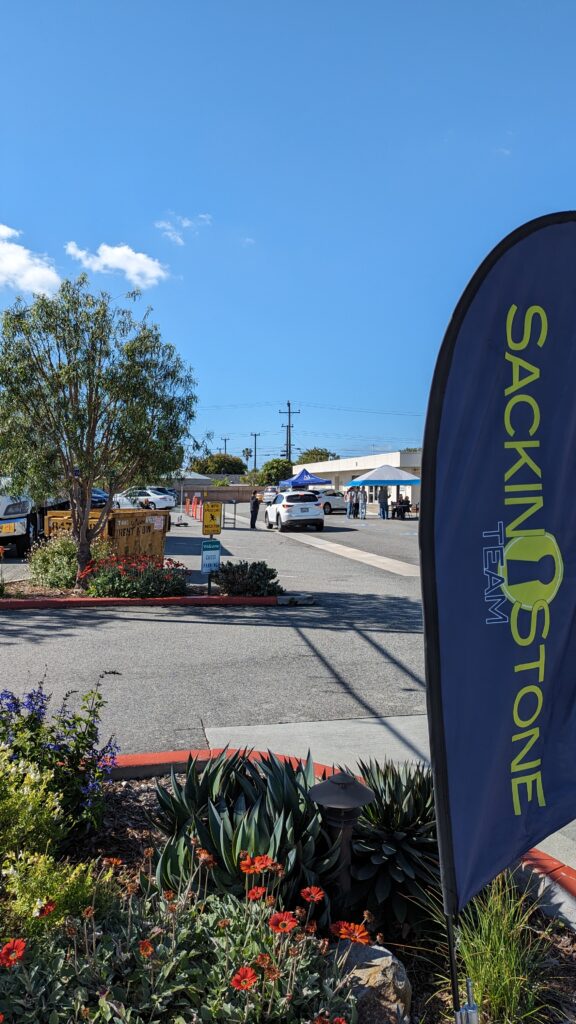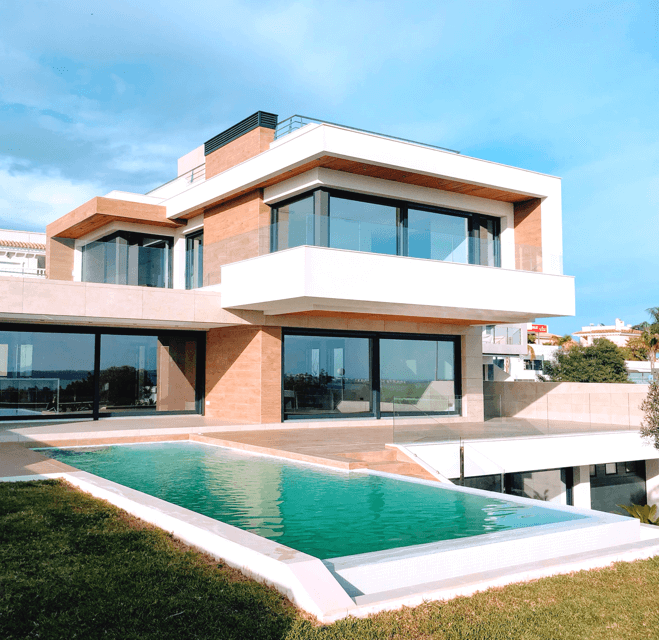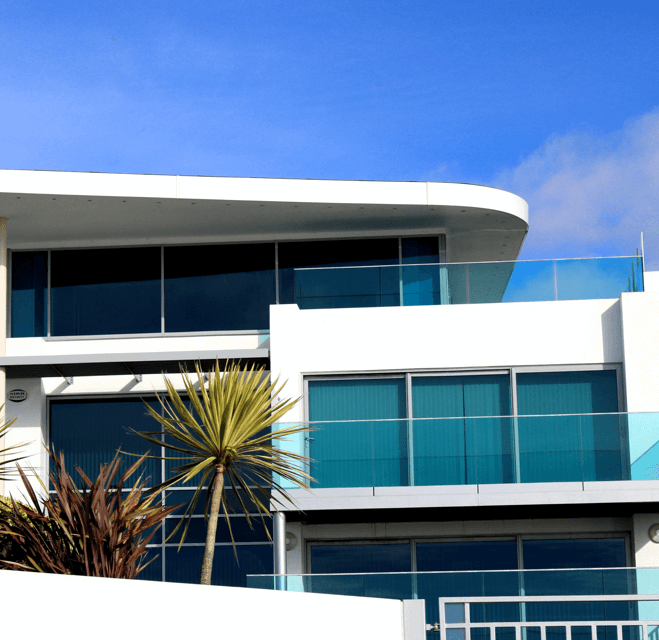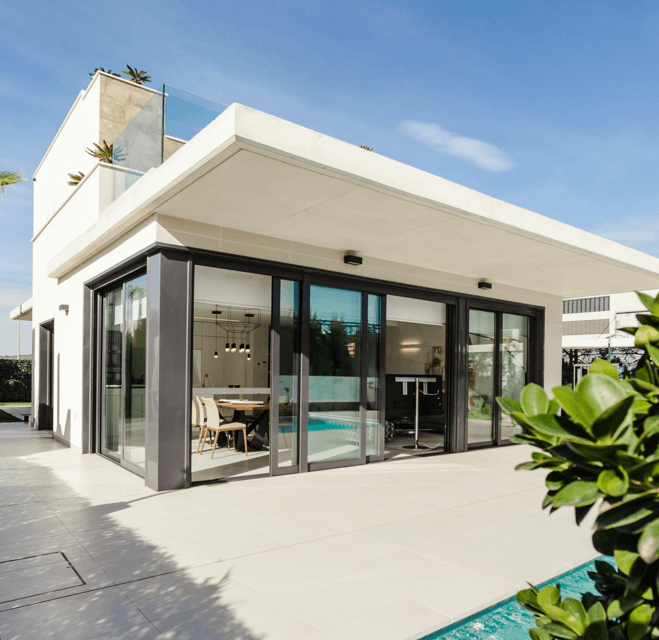
Owning a home is a significant milestone, but as the years go by, the desire to improve or renovate may become more pressing. Fortunately, a range of financing options are available for homeowners eager to revamp their living spaces. In this post, we’ll explore five popular types of home improvement loans, providing you with the necessary insights to make an informed decision.
Cash-Out Refinancing
Cash-out refinancing replaces your current mortgage with a new one. You can borrow more than you owe on your home and take the difference in cash. This method is an excellent way to utilize your home’s equity, potentially securing a lower interest rate on your new mortgage. If you have substantial equity and need to fund major renovations or consolidate high-interest debts, cash-out refinancing is a favorable option.
Home Equity Loans
If you’ve built up substantial equity in your home, a home equity loan could be your best bet. These loans let you borrow against your home’s value and provide you with a lump sum. They generally offer a fixed interest rate and predictable repayment schedule, making budgeting easier. Home equity loans are optimal for larger projects with a specific cost.
HELOCs (Home Equity Lines of Credit)
HELOCs, like home equity loans, allow you to borrow against your home’s value. However, they provide a revolving line of credit rather than a lump sum. You can borrow as needed up to a certain limit during the draw period. Keep in mind that HELOCs have variable interest rates, meaning your monthly payments may change over time. This loan type is ideal for projects with unpredictable costs.
FHA 203(k) Rehab Loans
Backed by the Federal Housing Administration (FHA), these loans are specifically designed for home renovations. They allow homeowners to purchase a property and cover the costs of repairs or improvements in a single mortgage. If you’re looking to purchase a fixer-upper, FHA 203(k) rehab loans can be an excellent choice as they cater to borrowers with lower credit scores.
Personal Loans
For smaller home improvement projects or for those without substantial home equity, personal loans can be a flexible borrowing option. These loans don’t require collateral, but they often come with higher interest rates than home equity loans. Personal loans are convenient as they offer a simplified application process and quick access to funds.
Obtaining the Best Home Improvement Rates
When considering a home improvement loan, getting the best interest rates is crucial. Here are some tips to secure favorable rates:
- Improve your credit score: Lenders often offer better rates to borrowers with higher credit scores. Boost your score by paying your bills on time, reducing outstanding debt, and correcting any errors on your credit report.
- Shop around and compare offers: Different lenders may have varying interest rates and terms. To ensure you’re getting the best deal, compare quotes from multiple lenders.
- Consider loan terms: Shorter loan terms generally come with lower interest rates but higher monthly payments. Assess your financial situation to determine the best loan term for you.
- Provide collateral or down payment: Providing collateral or down payment can reduce the lender’s risk, potentially leading to lower interest rates.
- Maintain a stable income and employment history: Lenders prefer borrowers with a stable income and consistent employment. Demonstrating financial stability can increase your chances of securing a favorable rate.
By following these guidelines, you can secure the best home improvement loan rates, ultimately saving money and making your renovation project more affordable.
Conclusion
Embarking on a home improvement project can be a fulfilling journey, transforming your house into your dream home. Understanding the different types of home improvement loans is crucial when it comes to financing these projects









